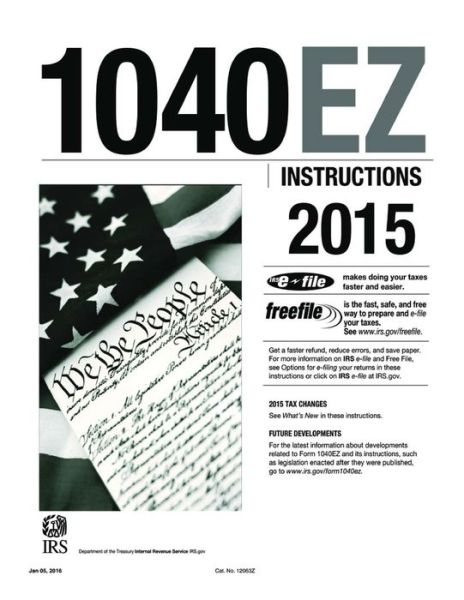
Tell your friends about this item:
Rehabilitation Tax Credit: IRS Audit Techniques Guide
Internal Revenue Service
Rehabilitation Tax Credit: IRS Audit Techniques Guide
Internal Revenue Service
Prior to 1976, there existed no tax incentive to rehabilitate or preserve historic buildings. The Tax Reform Act of 1976 added IRC section 191 which permitted taxpayers to amortize over a 60-month period certain expenditures to rehabilitate property listed in the National Register of Historic Places or property located in Registered Historic Districts and certified as significant to the district. The 60-month amortization period was enhanced to a 10 percent rehabilitation tax credit in 1978. In 1981, Congress expanded the rehabilitation tax credit to a three-tier credit; a 25 percent credit for "historic rehabilitations," a non-historic rehabilitation credit of 20 percent for buildings at least 40 years old, and a 15 percent credit for buildings at least 30 years old. The rehabilitation tax credit survived the Tax Reform Act of 1986, but imposed several constraints that made the rehabilitation tax credit less attractive to individual real estate investors.
| Media | Books Paperback Book (Book with soft cover and glued back) |
| Released | June 7, 2013 |
| ISBN13 | 9781304114686 |
| Publishers | Lulu.com |
| Pages | 186 |
| Dimensions | 216 × 280 × 10 mm · 449 g |
| Language | English |
More by Internal Revenue Service
See all of Internal Revenue Service ( e.g. Paperback Book , Hardcover Book and Book )












